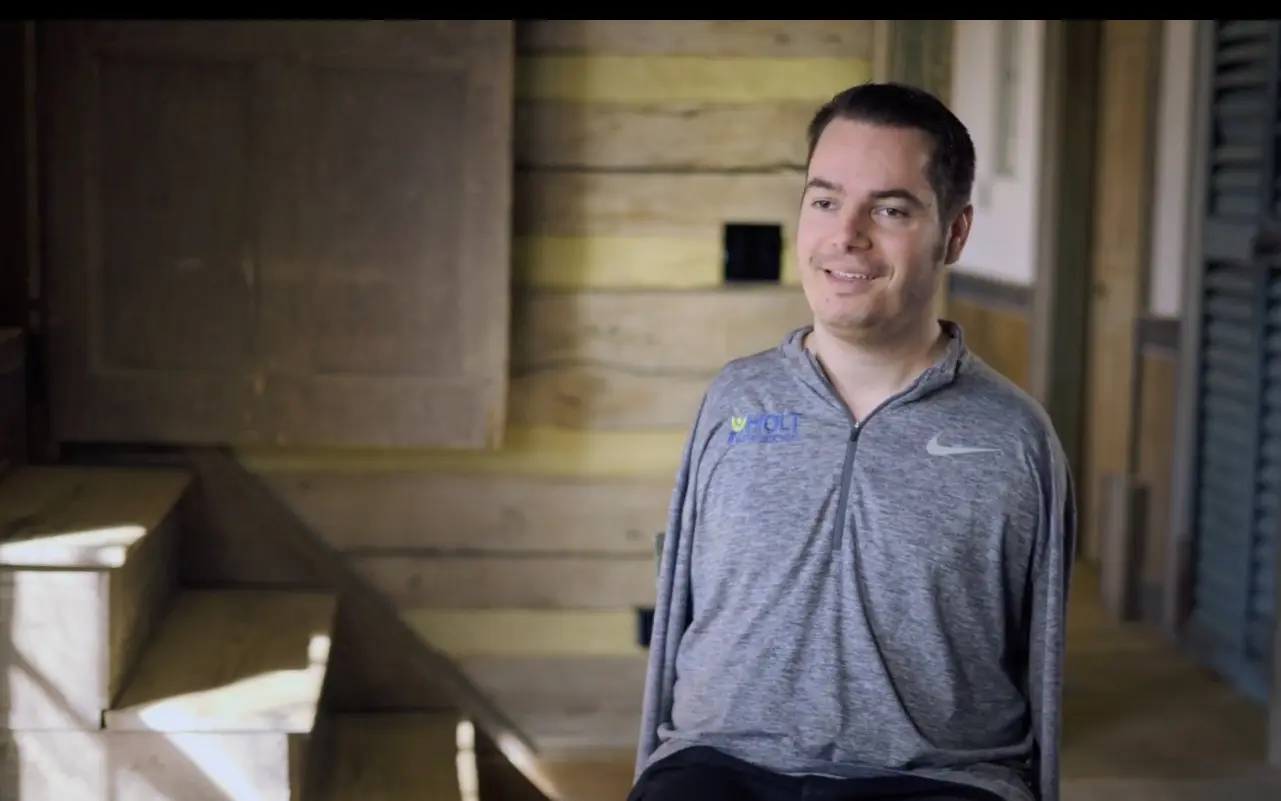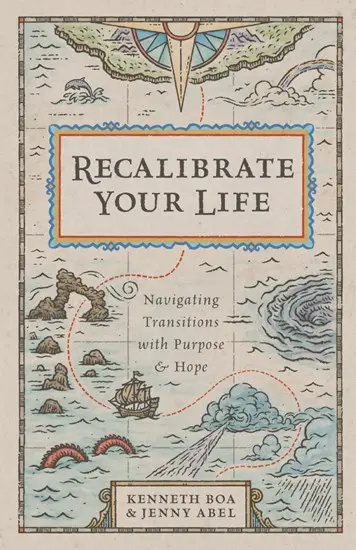George Dennehy shares this thought that seized his mind during a season of depression. He doubted God’s goodness and purpose for his life because he was born different—he was born without arms.
Because of George’s physical differences, his parents abandoned him to a grim Romanian orphanage. The nurses there hated him for his disability. Not wanting to touch him, they would just toss a bottle in his crib, leaving him to feed himself.
A loving family adopted George at 18 months, but his trials didn’t end there. Whether he was eating in a restaurant with his feet or holding a pencil between his toes, his differences garnered the unwanted stares of people around him. “I’m different; I’m not like other people” was George’s overwhelming reality.
Doubts began to assail him in full force. Angry at God and longing to be normal, George’s depression culminated in the thought, “I don’t want to live this life anymore.”
But George’s perspective radically changed—he found purpose in the midst of his pain.
Watch George Dennehy’s Testimony:
A God-Given Purpose
As he wrestled with doubt, George came to realize he was asking all the wrong questions: “What kind of a God are you to do this? Why are you punishing me like this?”
His perspective began to change as he turned to the Word of God. One passage in particular that gave him hope was the story of a man born blind in John 9.
As the disciples passed the man on the side of the road, they asked Jesus, “Rabbi, who sinned, this man or his parents, that he would be born blind?” (John 9:2 NASB). They assumed his physical blindness was just a punishment from God.
But the disciples misunderstood the situation. God had a purpose in this man’s blindness. It was not a mistake, not an accident, not a punishment. Instead, God ordained this man’s blindness for His glory (John 9:3). After Jesus healed him, the man became a witness of God’s power as well as a living parable of the light Jesus brings in salvation (John 9:35–41).
Suffering has a purpose—something Jesus knows well. He Himself suffered for the salvation of all who believe in Him. Jesus’ suffering is also an example for us, as the apostle Peter explained: “For you have been called for this purpose, since Christ also suffered for you, leaving you an example for you to follow in His steps” (1 Peter 2:21).
Suffering has a purpose—something Jesus knows well.
The Word of God showed George not only that there could be hope in the midst of his suffering, but that there was a divine purpose in it.
Ken Boa and Jenny Abel explain how the Bible gives us hope, writing, “Not only does the Bible acknowledge the full gamut of human suffering in all its brutality, but it acknowledges the deep yearnings of the human heart for eternal significance and happiness.”[efn_note]Kenneth Boa with Jenny Abel, Shaped by Suffering: How Temporary Hardships Prepare Us for Our Eternal Home (Downers Grove, IL: IVP, 2020), 64. Available for purchase at various booksellers and here in our online store.[/efn_note]
Because the Word of God addressed George’s innate desire for purpose—a longing that all of us experience in the midst of pain—his perspective on suffering shifted. He began to understand that God works in and through our suffering, even though that purpose is different for each person.
Trusting in God’s Purposes
As he studied Scripture, George realized he had a choice in how he responded to suffering. He shares,
I have two options—blaming God and being angry and wasting my time doing that, or . . . saying, “I’m going to choose to trust You because You’re God and I’m not. And if there’s any chance that You have something good for me through this, then I want that.”
The choice to trust in God despite the pain of our current circumstances stems from a shift in perspective—the “hope factor,” as George calls it. When he was suicidal, he had no hope, only an expectation of constant suffering on this earth. Now, however, he has hope in the living God, the One who gives us purpose in our suffering and transmutes it into glory.
Watch more testimonies of those who’ve found hope amidst suffering
George’s perspective on suffering changed so much that he now says, if given the choice, he would not change a single aspect of his life. Being born without arms, the mistreatment, the neglect—he knows God has a purpose in all of it.
His circumstances have not changed, but his perception of them has.
Ken and Jenny describe paradigm shifts like George’s in this way:
Instead of a narrow vision of what’s happening to us right now, we will have a long-term view, recognizing we’re seeing just a part of a much larger and a very good story that God is writing—one that we know will end well—despite present appearances.[efn_note]Boa with Abel, Shaped by Suffering, 17.[/efn_note]
Although God did not heal George like He healed the man born blind from John 9, George knows that what God has in store for him is far greater than any pain he feels here.
Our Present Joy
While focusing on the glory of eternity gives us hope for joy in the future, joy is not confined to the age to come. As we anticipate the great future God has for us, we can rejoice now in His sovereignty and goodness. God is not wasting our suffering; there is purpose in it in the present moment.
God is not wasting our suffering; there is purpose in it in the present moment.
George recognizes this, getting excited to see what God will do through trials: “Even in the suffering—especially in the suffering—big things are starting to happen, big things are starting to move . . . Something’s waiting on the other side.”
George’s suffering has enabled him to share his story and spread the hope of the gospel around the world. His ability to play the guitar with his feet gave him a platform for his message, allowing him to share the stage with bands such as Hillsong United, Toby Mac, For King and Country, Mercy Me, and even the Goo Goo Dolls.
Knowing God has a purpose for our suffering brings us present joy—a joy that marks our lives as disciples of Christ, bringing Him glory even in the midst of pain.
For more on finding purpose and joy in the midst of suffering, check out Shaped by Suffering.



